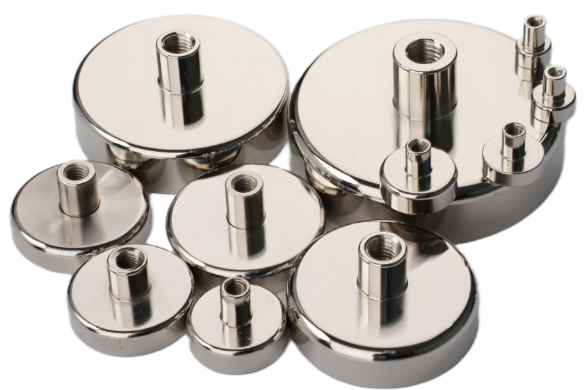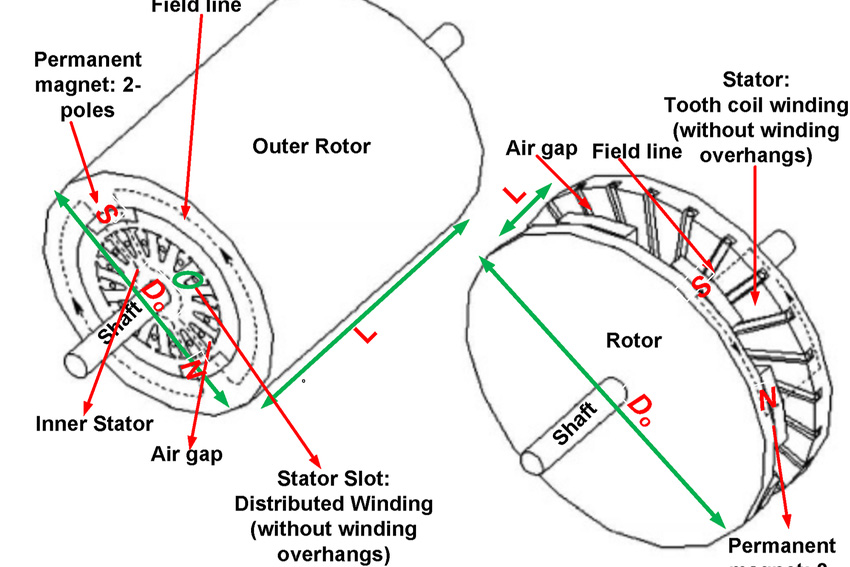High-Temperature Resistance Magnets
High-temperature magnets are designed to maintain performance under extreme heat. Thanks to their excellent physical and chemical properties, these magnets are widely used within industrial manufacturing and engineering industries. In this article, let's take a look at some common high-temperature resistance magnets that can be found on the market today.
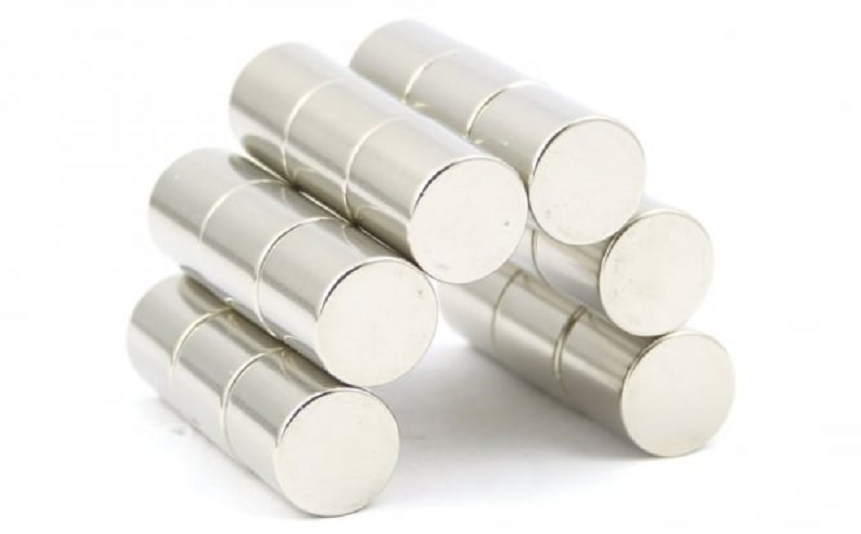 High-Temperature Resistance Magnets
High-Temperature Resistance Magnets
Before going any further, let's figure out the environmental factors affecting the function of the high-temperature magnets.
Ambient Temperature
Because the sintered NdFeB has a negative temperature coefficient (αBr<-0.13%/℃,αHcj<-0.6%/℃), the highest instantaneous temperature and the continuation of the highest temperature will demagnetize the magnet to varying degrees, including reversible and non-reversible, recoverable and non-recoverable.
Ambient Humidity
Neodymium is easy to corrode and oxidize. Generally, we adopt surface treatment to maintain permanent magnets, but it can not fundamentally deal with the impact of environmental humidity on the magnets. The more boring the environment is, the longer the service life of the magnet will be. How to measure the concavo-convex of magnetic function?
There are three main parameters: Residual Induction (Br) is a measure of the magnetic field strength that a magnet can supply to the outside world. Coercive Force (Hc) is a measure of anti-demagnetization ability. BHmax is to measure how much energy can be stored.
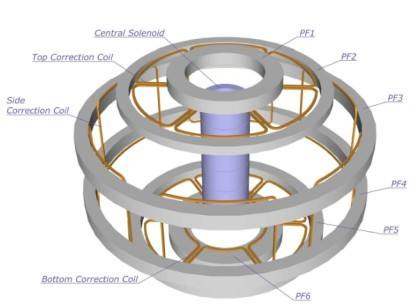
High-Temperature Magnet Coil
Physical Quantity
Permanent magnets are divided into two categories:
1. Metal alloy high-temperature magnets include NdFeB high-temperature magnets Nd2Fe14B, SmCo high-temperature magnets, and AlNiCo high-temperature magnets.
2. Ferrite permanent magnets high-temperature magnets: its atom internal structure of the contrast No, it has a magnetic moment itself.
High-temperature resistance magnets are divided into permanent high-temperature resistant magnets and soft magnets. Permanent high-temperature resistant magnets are added with strong magnets so that the spin and electron angular momentum of magnetic materials are arranged in a fixed direction. Soft magnets are added with current (also a method of adding magnetic force).
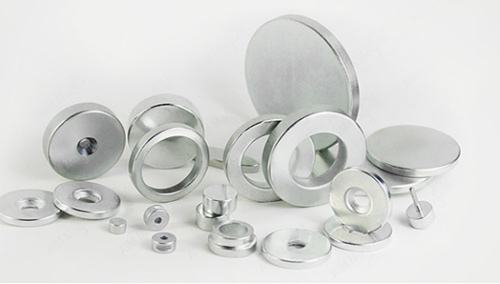
High-Temperature Resistance Magnets
Different properties of high-temperature magnets have different composition characteristics, and the magnitude of the magnetic force is also different.
Generally, high-temperature resistance magnets can be divided into four categories according to their different types:
1. Neodymium High-Temperature Magnet
It is now found in the commercial function of the highest high-temperature magnet, known as the magnet king, which has a very high magnetic function. Its BHmax is higher than 10 times of ferrite. Its machining function is also quite good. The operating temperature can reach up to 200 degrees Celsius. Its hard texture, stable function, a good cost performance, but because of its strong chemical activity, it is necessary for its surface layer treatment.
2. Ferrite High-Temperature Resistance Magnet
Its main raw materials include BaFe12O19 and SrFe12O19. Made by ceramic technology, the material is hard and brittle because ferrite high-temperature magnet has excellent heat resistance, low price, and moderate function, have become the most widely used permanent magnet.
3. AlNiCo High-Temperature Resistant Magnet
It is an alloy composed of aluminum, nickel, cobalt, iron, and other trace metal elements. Forging technology can produce different yardsticks and shapes, with excellent workability. Forged aluminum nickel cobalt permanent magnet has the lowest reversible temperature coefficient, and the working temperature can be as high as 600 degrees Celsius. AlNiCo permanent magnets are widely used in various instruments and other applications.
4. Samarium Cobalt
SmCo is divided into SmCo5 and Sm2Co17 according to the different components. Because its information is expensive, its development is restricted. SmCo, as a rare earth permanent high-temperature magnet, not only has a high magnetic energy product (14-28MGOe), strong coercivity, and outstanding temperature characteristics.
Compared with Nd-Fe-B magnets, samarium cobalt high-temperature magnet is more suitable for working in a high-temperature environment. The midpoint of a bar-shaped high-temperature magnet is suspended by a thin line. When it stops, its ends will point to the south and north of the earth.
Conclusion
Thank you for reading our article and we hope it can help you to have a better understanding of the high-temperature resistance magnets. If you want to know more about magnets that can withstand high temperatures, we advise you to visit Stanford Magnets for more information.
Stanford Magnets has been involved in R&D, manufacturing, and sales of permanent magnets since the 1990s and provides customers with high-quality rare earth permanent magnetic products and other non-rare earth permanent magnets at a very competitive price.












